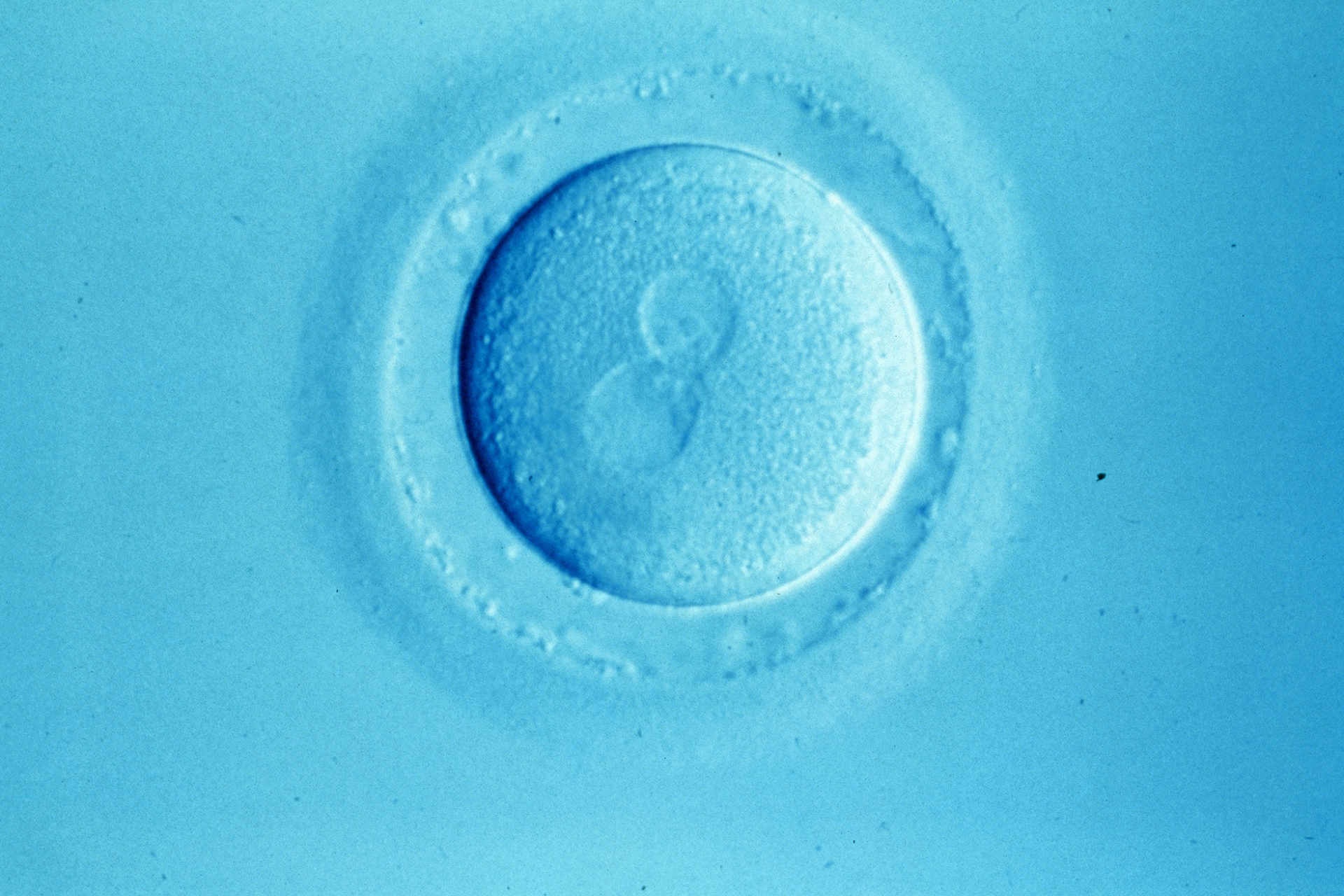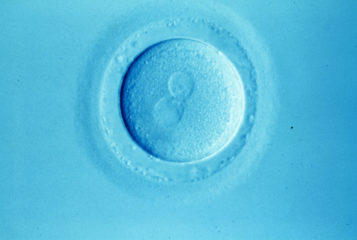The discovery that variations in a gene called FMR1 could indicate the length of a woman's fertility by indicating the rate at which her egg supply will diminish may enable some women to find out how long they are likely to remain fertile. It is currently difficult to predict which women will experience premature ageing of their ovaries, but Norbert Gleicher at the Center of Human Reproduction in New York believes he will be able to study variations in a gene known as FMR1 - mutations in which cause the condition Fragile X syndrome - to test for one possible cause of early decline in fertility.
At birth a woman already has all the eggs she will ever possess in her ovaries. The millions of immature eggs initially present in her ovaries are reduced to about 400,000 by the time she reaches puberty and will decline again to a few hundred at menopause. A woman's fertility can be predicted roughly by the number of follicles (immature eggs) she has left as this reflects how many eggs she is likely to release. Ovarian reserves usually begin to drop dramatically after 35, but some women experience early ovarian ageing much earlier.
The FMR1 gene contains a number of repeats of the DNA sequence CGG. When this number reaches a certain threshold, usually over 200 repeats, it can trigger a genetic condition known as Fragile X syndrome in boys who inherit the mutation from their carrier mothers. Although carrier women usually don't have symptoms of the condition themselves, those with between 55 and 200 repeats (described as a 'premutation') can still be at risk from early menopause - a fact which lead the scientists to investigate the gene's role in normal ovarian decline.
Dr Gleicher carried out tests on the FMR1 gene of 316 women attending his fertility clinic and also measured their levels of called anti-Müllerian hormone (AMH), an indicator of how many eggs are currently maturing in the ovaries. He found that women with between 28 and 33 CGG repeats had normal AMH levels, suggesting an average rate of ovarian ageing, but for those outside this range AMH levels indicated that ovarian reserves were diminishing more quickly than expected.
Testing for CGG repeat length in the FMR1 gene in younger patients may therefore help to reveal those at particularly high risk from early ovarian ageing, concludes Dr Gleicher, who hopes to begin a trial next year for women perceived to be at high risk. If participants in the trials are found to test positive, they will then be given a hormone test to confirm the results. However, Dr Stephanie Sherman of Emory University, Atlanta, warns that long term results would need to be collected to confirm the results: ' You need some kind of follow-up studies on whether this test really predicts long term events,' she told New Scientist.
Frank Broekmans of the University Medical Center in Utrecht in the Netherlands further questioned whether a woman with early ovarian ageing would necessarily find it more difficult to conceive and stressed that it could take several years to examine the ultimate impact of such a test on pregnancy rates.





Leave a Reply
You must be logged in to post a comment.